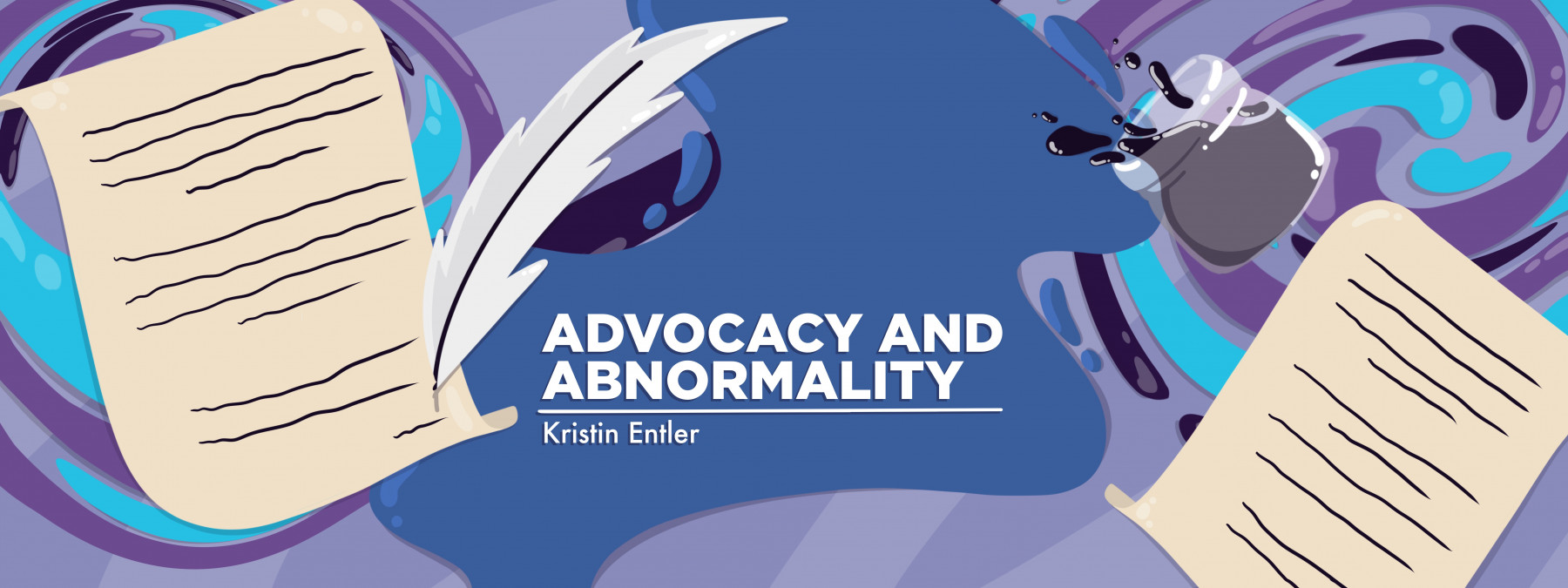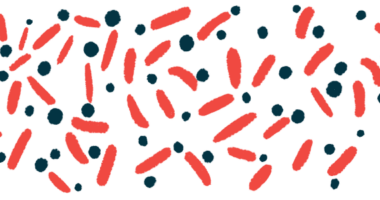Leaning on loved ones while battling a harrowing case of the flu
Cystic fibrosis, influenza A, and antibiotics converge to batter this columnist

“It’s been over a month and I don’t feel right,” I tell my mom as we’re making dinner. She’s mixing Caesar salad dressing and Parmesan cheese into the fresh lettuce I bought from the farm stand. I rub my rib cage where it’s sore, then slowly lift my arms above my head to gently stretch my spine.
“I know,” she says, the concern in her voice noticeable.
It’s the same worry I’ve heard my whole life in my closest friends’ voices. The kind of concern that comes from people who bear witness to my sickest days: the deep, raw coughs that feel like stones are lodged in my chest; the fever-induced brain-fog; the energy-zapping endeavor of a recovery.
Of course my mom knows: Within 24 hours of the onset of my most recent symptoms, my parents were at my door with an at-home COVID-19 and flu test and a flurry of sick foods including toast, ingredients for soup, and fruit popsicles.
My viral load was so high that it didn’t even take the full 15 minutes for the rapid test to turn positive for influenza A. The line was so red it looked almost purple.
As soon as I’d mentally processed the positive test, I turned to virtual urgent care to obtain Tamiflu (oseltamivir). Meanwhile, my mom was on the phone with the cystic fibrosis (CF) clinic to get some antibiotics. I started doing chest physiotherapy every couple hours in tandem with inhaled albuterol, which my mom prepared in the nebulizer. We worked with the type of smooth efficiency that comes with experience.
Timeline of an acute infection
On day four, the antibiotics gave me thrush. While the flu stole my appetite, the thrush made the few things I could stomach nearly impossible to get past my mouth. For two weeks, I subsisted on yogurt, green tea, and what little of my mom’s homemade chicken and dumplings I could stomach.
After one week of taking an antibiotic that didn’t seem to be cutting it, I did another two weeks with a different antibiotic that caused my body to revolt with what seemed like every side effect on the list. I learned for the first time that, in rare instances, some antibiotics can cause hair to fall out.
It took six days for my fever to break, and another few days for it to go away completely. It took even longer for my oxygen levels to return to the high 90s. My blood sugar refused to behave, remaining high for the duration of my infection, a result of high cortisol levels making me effectively and temporarily insulin-resistant.
With all of these persistent symptoms, and because of my history of going downhill fast and needing supplemental oxygen therapy when I’ve been sick, we decided to take me to Alabama, where I could be closer to my usual hospital and CF care.
My mom drove me from my house in North Carolina to my parents’ home in Alabama. Because I was too unwell to drive, my dad followed us in my car. I could feel the second antibiotic, which I had just started taking, working in my lungs, thinning the mucus just enough so I could more easily cough it up.
I’m both lucky and grateful that I managed to avoid hospitalization, especially the ER. While I think Trikafta (elexacaftor/tezacaftor/ivacaftor) had a lot to do with evading what seemed like an inevitable inpatient trip, it isn’t lost on me that I couldn’t have gotten better without my community showing up for me when I needed it the most. This includes my parents, who helped with my physical needs, and my friends, who held space for me and validated my reality.
While the side effects from the latest antibiotic have cleared from my system, the violent coughing has left me with inflammation throughout my body. Most noticeably, it’s inflamed the muscle that connects my sternum and rib cage to my lungs, a condition called costochondritis. It’s better than it was, but when I twist to the left or sit in the same position too long, I feel the muscle pull, angry under my rib cage.
When I say I’m still “not right,” I mean I’m still not back to my normal baseline. I’m not yet convinced this bout with the flu hasn’t created a new baseline for me somehow. I know from past experience that I may not know what the lasting damage is for a while.
But I know I’ve got people around to help me cope with whatever might linger.
Note: Cystic Fibrosis News Today is strictly a news and information website about the disease. It does not provide medical advice, diagnosis, or treatment. This content is not intended to be a substitute for professional medical advice, diagnosis, or treatment. Always seek the advice of your physician or other qualified health provider with any questions you may have regarding a medical condition. Never disregard professional medical advice or delay in seeking it because of something you have read on this website. The opinions expressed in this column are not those of Cystic Fibrosis News Today or its parent company, Bionews, and are intended to spark discussion about issues pertaining to cystic fibrosis.









Leave a comment
Fill in the required fields to post. Your email address will not be published.